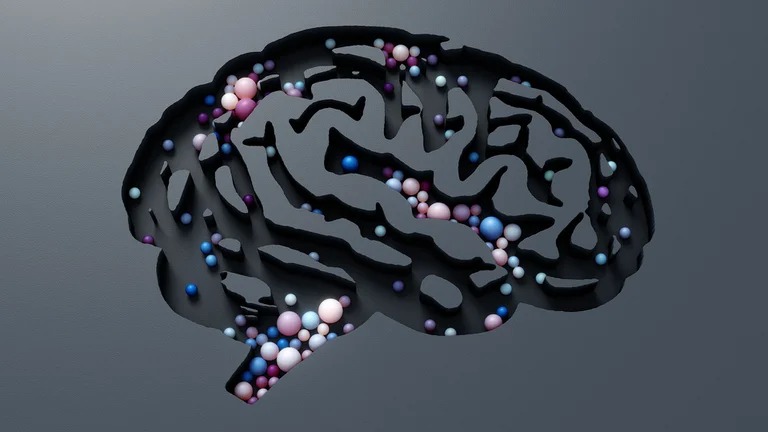When the brain needs us to pay attention to something important, one way it can do so is by sending out a burst of norepinephrine, according to a new study from the Massachusetts Institute of Technology (MIT), published in the scientific journal Nature.
This neuromodulator, produced by a structure deep in the brain called the locus coeruleus, can have widespread effects throughout the brain. In a mouse study, the MIT team found that a key function of norepinephrine, also known as norepinephrine, is to help the brain learn from surprising results.
“What this work shows is that the locus coeruleus encodes unexpected events, and paying attention to those surprising events is crucial for the brain to take stock of its environment,” says Mriganka Sur, professor of neuroscience in the Department of Cognitive Sciences and of the Brain at MIT, a fellow at the MIT Picower Institute for Learning and Memory, and director of the Simons Center for the Social Brain.
In addition to its role in signaling surprise, the researchers also found that norepinephrine helps stimulate behavior that leads to a reward, particularly in situations where there is uncertainty about whether a reward will be offered.
Modulating behavior
Norepinephrine is one of several neuromodulators that influence the brain, along with dopamine, serotonin, and acetylcholine. Unlike neurotransmitters, which allow cell-to-cell communication, neuromodulators are released in large portions of the brain, allowing them to exert more general effects.
“It is believed that neuromodulatory substances perfuse large areas of the brain and, therefore, alter the excitatory or inhibitory impulse that neurons receive in a more timely manner,” explains Sur. “This suggests that they must have very important brain functions that are important for survival and brain state regulation.”
While scientists have learned much about dopamine’s role in motivation and reward seeking, less is known about the other neuromodulators, including norepinephrine. It has been linked to arousal and increased alertness, but too much norepinephrine can lead to anxiety.
Previous studies of the locus coeruleus, the brain’s main source of norepinephrine, have shown that it receives input from many parts of the brain and also sends its signals everywhere. In the new study, the MIT team set out to study its role in a specific type of learning called reinforcement learning, or trial-and-error learning.
For this study, the researchers trained mice to push a lever when they heard a high-frequency tone, but not when they heard a low-frequency tone. When the mice responded correctly to the high-pitched tone, they got water, but if they pushed the lever when they heard a low-pitched tone, they got a nasty puff of air.
The mice also learned to push the lever harder when the tones were louder. When the volume was lower, they were more hesitant about whether to push or not. And, when the researchers inhibited the activity of the locus coeruleus, the mice were much more hesitant to push the lever when they heard low-volume tones, suggesting that norepinephrine promotes the likelihood of getting a reward in situations where the reward is uncertain. .
“The animal pushes because it wants a reward, and the locus coeruleus provides critical signals to say, push now, because the reward will come,” says Sur.
The researchers also found that the neurons that generate this norepinephrine signal appear to send most of their output to the motor cortex, providing further evidence that this signal stimulates the animals to act.
signage surprise
While that initial burst of norepinephrine seems to stimulate the mice to act, the researchers also found that a second burst often occurs after the trial is over. When the mice received an expected reward, these bursts were small. However, when the test result was a surprise, the explosions were much larger. For example, when a mouse received a gasp of air instead of the reward it expected, the locus coeruleus sent out a large burst of norepinephrine.
On subsequent trials, that mouse was much less likely to push the lever when unsure about receiving a reward. “The animal constantly adjusts its behavior,” details Sur. “Even though he has already learned the task, he is adjusting his behavior based on what he just did.”
The mice also showed bursts of norepinephrine on trials when they received an unexpected reward. These bursts seemed to spread norepinephrine to many parts of the brain, including the prefrontal cortex, where planning and other higher cognitive functions occur. “The surprise encoding function of the locus coeruleus appears to be much more widespread in the brain, and that may make sense because everything we do is moderated by surprise,” adds the expert.
The researchers now plan to explore the possible synergy between norepinephrine and other neuromodulators, especially dopamine, which also responds to unexpected rewards. They also hope to learn more about how the prefrontal cortex stores short-term memory of input from the locus coeruleus to help the animals improve their performance on future trials.






